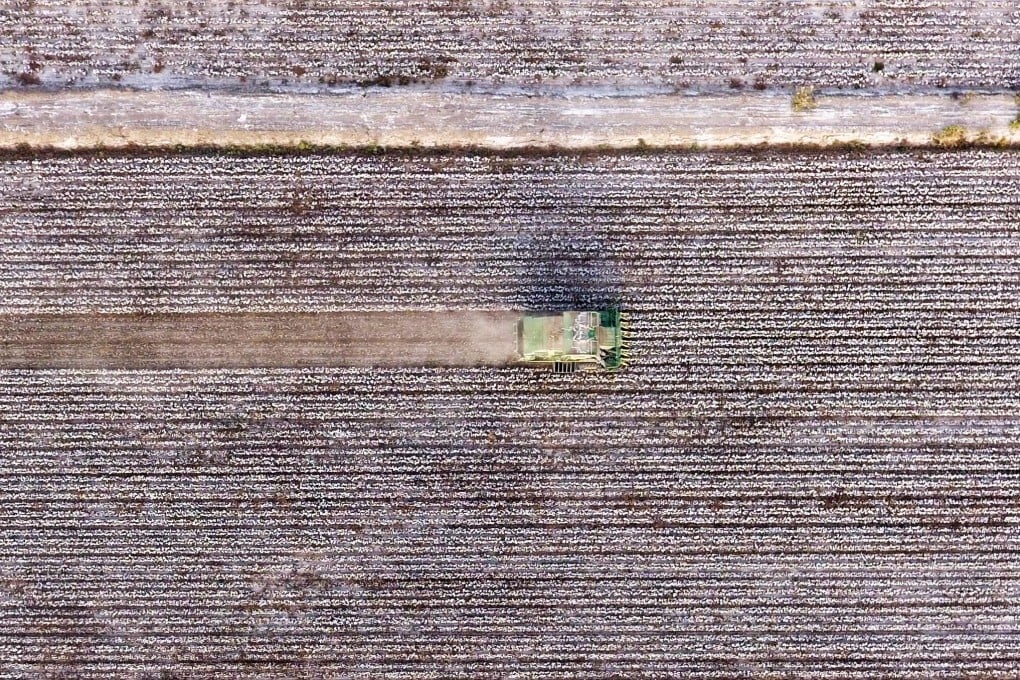US drops sweeping Xinjiang goods ban, China’s cotton sector breathes temporary sigh of relief
- The US has pulled back from a wide-ranging ban on cotton from China’s Xinjiang region, while opting for narrower restrictions
- Xinjiang produces 20 per cent of global cotton supply, meaning a ban would have had a huge impact on Chinese and Asian supply chains

Having faced down trade war tariffs, a pandemic that closed factories for months and now a global recession, the Asian apparel industry can breathe a sigh of relief after the United States decided to temporarily shelve a sweeping ban on products containing cotton from China’s Xinjiang province over allegations of widespread forced labour.
But with CBP commissioner Mark Morgan saying he was “absolutely confident” the WROs will not be the last issued on Chinese goods, there is every chance that manufacturers will need to remain vigilant.
Kenneth Cuccinelli, acting deputy secretary of the Department of Homeland Security, told reporters that the US was still studying a wider ban on Xinjiang goods, including cotton and tomato-based products.

01:54
China hits back at UK claims of forced sterilisations and other human rights abuses against Uygurs
“We want to make sure that when we do get challenged – and we assume that we will be challenged, legally – that we will prevail and none of the goods we would ultimately seize under such a WRO would be shaken loose and released into the United States,” Cuccinelli was quoted as saying by Reuters.
At a press conference in Beijing on Tuesday, Chinese Foreign Ministry spokesman Wang Wenbin said the US was “sabotaging global supply chains”.